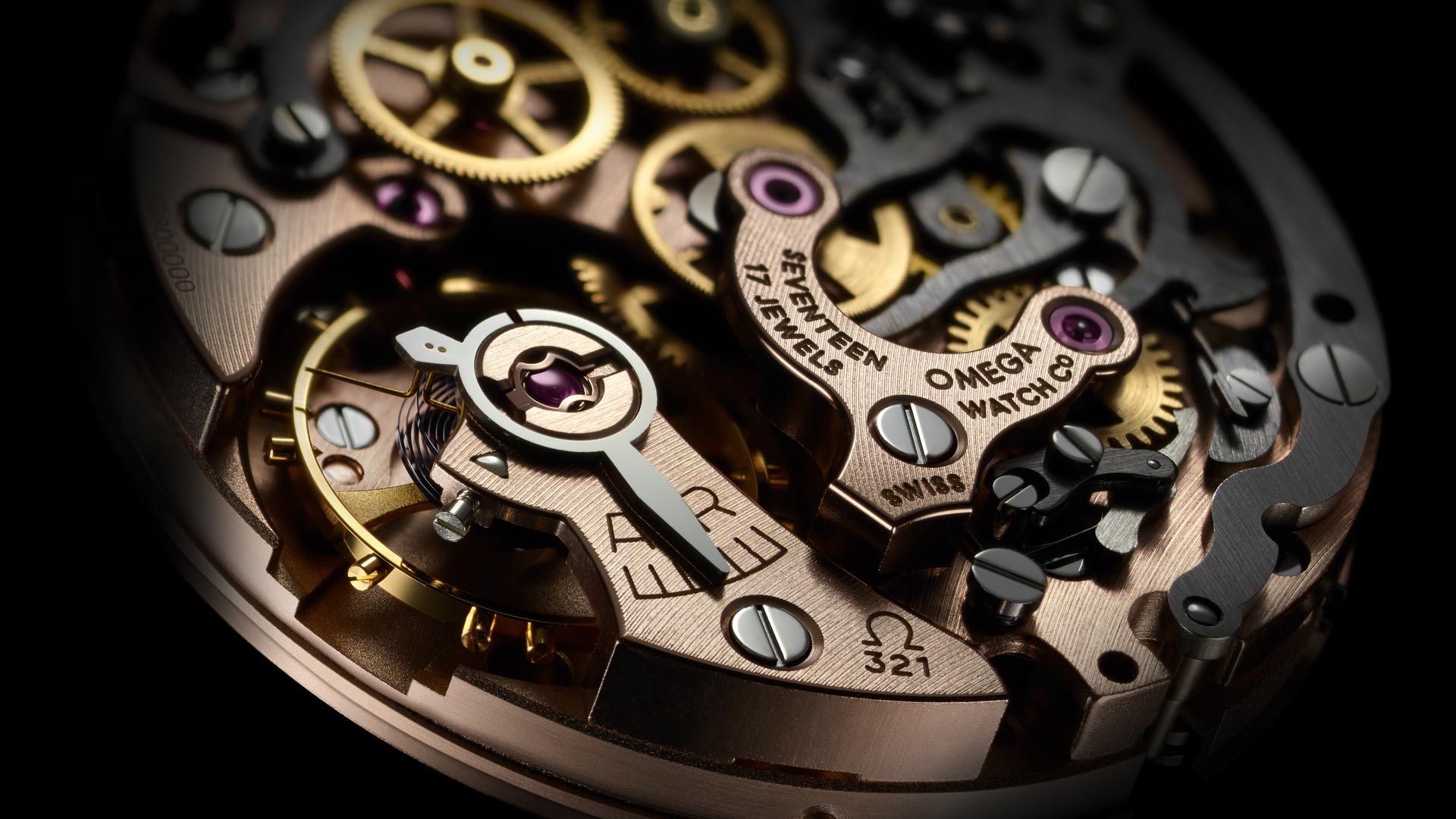Omega Relaunches Omega Calibre 321 That Powered The Original Moonwatch

Though the details of that are still to be confirmed, Omega has just announced it is relaunching the production of its Omega Calibre 321, the movement that powered the original Moonwatch Omega say that the relaunched Calibre 321 will go into production at Omega HQ's site in Bienne where, uniquely, all aspects of the creation will be undertaken within a dedicated Calibre 321 workshop, including the assembly of the movement, as well as that of the watch head and bracelet - all to be performed by the same watchmaker This certainly is not the place to give you a full rundown on the history of the Speedmaster Moonwatch and its different generations of hand-wound chronograph Calibres - you can count on the exhaustive volume of Moonwatch Only for that, reviewed here - but in a nutshell I can say that the Calibre 321 is generally deemed superior to its 861 and 1861 successors for having a column wheel operated chronograph in place of the cam actuated system of the latter movements and of course, having the pedigree of being the movement that powered the watch that was tested and approved for flight by NASA - Speedmaster ST 105003 - and the first watch worn on the moon, the Speedmaster ST 105012.
Interestingly, Omega doesn't say that they have changed or upgraded anything in this relaunched Calibre 321 over its 20th century counterpart; instead, they share the extreme lengths to which they had gone to create an accurate a re-edition of the original as it is possible One image - with a white background, photographed directly from above - is titled "An original Calibre 321" whereas the other file, photographed at an angle and with a black background is called "The 2019 version of the Calibre 321" History tells us that the Calibre 321 was upgraded to Calibre 861 in 1968 with two goals in mind: first, to improve accuracy by increasing the operating frequency from 18,000vph to 21,600vph and, second, to reduce production costs by replacing the column wheel with a cam system which required less precision and way fewer operations in its production.
I, personally, would have loved to see the Calibre 321 embrace the 21st century and exhibit its original architecture and all the traits people are attracted to it, but with an added twist of modern materials or engineering solutions as opposed to an exact copy. . Source